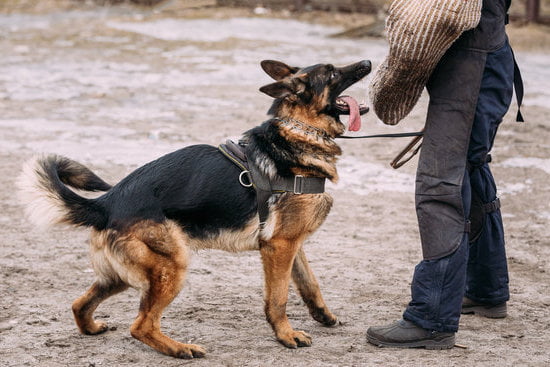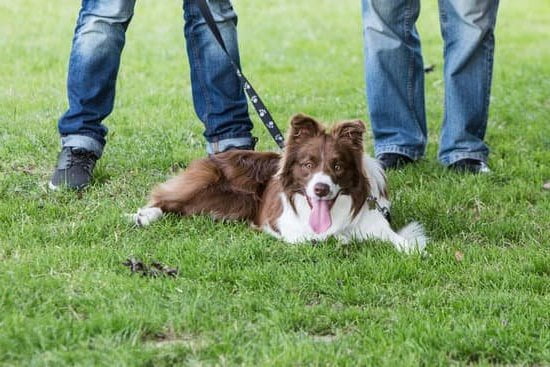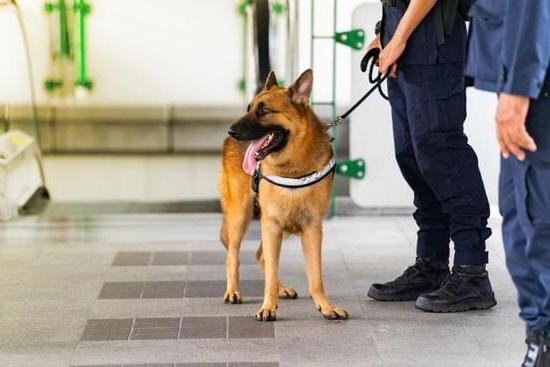Benefits To Crate Training A Dog
There are many benefits to crate training a dog. The most important one is that it provides a safe and secure place for the dog to sleep and relax in. Dogs that are crate trained are less likely to have accidents in the house, and they are also more likely to stay out of trouble. Crate training can also help make potty training a dog easier.
Another benefit of crate training is that it can help reduce separation anxiety in dogs. When a dog knows that he has a safe and comfortable place to go to when his owner is not around, he is less likely to get anxious and destructive.
Crate training can also be helpful in teaching dogs to be calm and quiet in unfamiliar environments. When a dog is used to spending time in his crate, he will be less likely to bark or whine in new situations. This can be especially helpful when traveling with a dog.
Overall, crate training can be a very beneficial tool for training dogs. It can help make potty training easier, reduce separation anxiety, and teach dogs to be calm and quiet in new environments.
Crate-Trained Dogs Only
So you’re thinking of getting a dog and you’re wondering if you should get one that’s been crate-trained. The answer is an unequivocal YES! Here’s why:
1. Crate-trained dogs are housebroken MUCH faster than dogs that have not been crate-trained.
2. A crate-trained dog is much less likely to have an accident in your house.
3. Crate-trained dogs feel more secure and are less likely to become anxious or destructive when left alone.
4. Crate-trained dogs are easier and less expensive to train in general.
5. Crate-trained dogs are less likely to develop behavior problems such as chewing, digging, or barking.
6. Crate-trained dogs can be taken almost anywhere without having to worry about their safety or well-being.
So if you’re serious about getting a dog, make sure you get one that’s been crate-trained. It will make your life much easier – and your dog much happier!
Crate Cage Training For Dogs
There is a lot of debate surrounding the use of crates for dogs. Some people swear by them, while others feel that they are cruel and inhumane. The truth is, when used correctly, crates can be an extremely valuable training tool for dogs.
The first thing to understand about crates is that they should not be used as a form of punishment. Dogs should be introduced to the crate slowly and should always be able to exit the crate voluntarily. The crate should be seen as a place of safety and security for the dog.
There are a number of reasons why crate training can be beneficial for dogs. For one, it can help with house training. Dogs are less likely to eliminate in their crate if they are given plenty of opportunity to relieve themselves outside. Crating can also help dogs who are prone to destructive chewing. When crated, dogs are less likely to chew on furniture, shoes, or other items in the home.
Crates can also be helpful in training dogs to behave appropriately in social situations. For example, if a dog tends to bark excessively when meeting new people, he can be crated until he is calm and quiet. This can help to prevent him from becoming overexcited and potentially aggressive.
Ultimately, the decision to crate or not to crate a dog is a personal one. However, when used correctly, crates can be a valuable training tool that can help to improve the dog’s behavior and quality of life.
How To Crate Train An Older Dog
If you have an older dog, you may be wondering how to crate train him. The good news is that it’s actually pretty easy, especially if your dog is already potty trained. The key is to make sure that the crate is comfortable and inviting, and that you don’t use it as a punishment tool.
The first step is to get a crate that’s the right size for your dog. You don’t want it to be too small or too big – the latter can be dangerous if your dog tries to escape. You also want to make sure that the crate is comfortable, with a soft bed and a few toys.
Once you have the crate, put it in a central location in your home. This will help your dog feel more comfortable in it. Next, start by feeding your dog in the crate. Once he’s comfortable with that, start putting him in the crate for short periods of time. Gradually increase the amount of time he spends in the crate, until he’s comfortable spending long periods of time inside.
If your dog has any accidents in the crate, don’t punish him. Just clean it up and start over. Crate training can be a bit frustrating, but it’s well worth it in the end. With a crate-trained dog, you’ll be able to leave him home alone without worrying about him getting into trouble.
How To Train Your Dog To Be In A Crate
Dogs are den animals and like to have their own special place to call their own. A crate can provide that place for your dog and can be a very effective training tool.
The key to getting your dog to love his crate is to make it a positive experience from the start. Try to make the crate a fun place to be by putting some favorite toys inside and giving your dog a treat whenever he goes in.
Start by putting your dog in the crate for short periods of time and gradually increase the time. If your dog seems anxious or unhappy in the crate, try to make the experience more positive by feeding him his meals in the crate and gradually adding in some playtime.
If your dog has an accident in the crate, don’t get mad. Just clean it up and start over. Crate training can be a bit of a challenge, but it’s well worth the effort in the end. With a little patience and some positive reinforcement, your dog will soon love his crate and will be happy to spend time inside.

Welcome to the blog! I am a professional dog trainer and have been working with dogs for many years. In this blog, I will be discussing various topics related to dog training, including tips, tricks, and advice. I hope you find this information helpful and informative. Thanks for reading!





